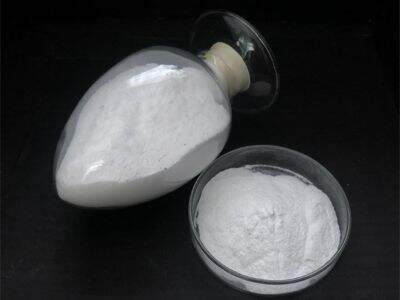How does magnesium oxide float and sink ores and what is it doing in the refining stage?
Have you ever wondered how we obtain precious metals like gold, silver, and copper from rocks that are hidden deep down in the ground? It’s surprising to find out there are special ways to get these metals out.” One crucial assistant in this process is a material known as magnesium oxide. This is a very significant and it contributes very much to the efficiency which is the ore sagging and the refining after which we will make sure that we are a top class metals that we need out of this ore.
How magnesium oxide were served as a flux in the ore sinking process.
Rocks dredged from deep underground are commonly mixed with dirt and other contaminants. These impurities must be cleansed to reach the metals we desire. This is where magnesium oxide plays a very useful role. It functions as a sort of flux or assistant; it helps to reduce the melting point of dirt and other impurities present in the ore. That very process helps separate the precious metals from the waste material that we don't want to have by lowering the melting point.
Maximizing efficiency in ore refining: How much magnesium oxide should be used?
In order to gain optimal benefits from magnesium oxide, it is essential to take it in the right amount. If we use insufficient amount of magnesium oxide, it may not possess sufficient strength to clean all the dirt and impurities from the ore. Conversely, too much magnesium oxide can create other issues with the refining process. Through proper control of the amount of magnesium oxide used, we can ensure that the ores are refined optimally and generate the metals that are most marketable.
Advantages of magnesium oxide addittion during ore refining process
This is the best effect of the magnesium oxide in the ore refining. It not just assists in the cleaning of dirt and pollutants but yet improves the standard of the metals we use. That results in cleaner, higher-quality metals that can create all sorts of different products. But, using magnesium oxide, we can also ensure that the resources we take from the earth, is used optimally and that the maximum amount of benefit is derived.
Experimental and theoretical study on chemical traits of magnesite in sinking and refining process
Magnesium oxide consists of 2 elements, magnesium and oxygen. The above processes are only part of the answer, and the addition of magnesium oxide to the ore-melting and refining processes causes it to react with the impurities. This reaction creates new compounds that can easily be separated from the metals we want to retain. This chemical reaction is what makes magnesium oxide such a valuable tool within the mining and refining sector. Knowing the mechanism of magnesium oxide on a microscopic level will allow us to optimise our ore sinking and refining processes as much as possible, which will ensure success going forward.
In summary, magnesium oxide is involved in the vital processes of ore sinking and refining. It helps and serves as a flux to eliminate dirt and enhance the quality of the metals we gather from the ground. Let us make full use of the resource by wise usage of magnesium oxide and its chemical properties in mining and refining operations till its availability is abundant. Dafei — we take the initiative to use magnesium oxide in our modern world.


